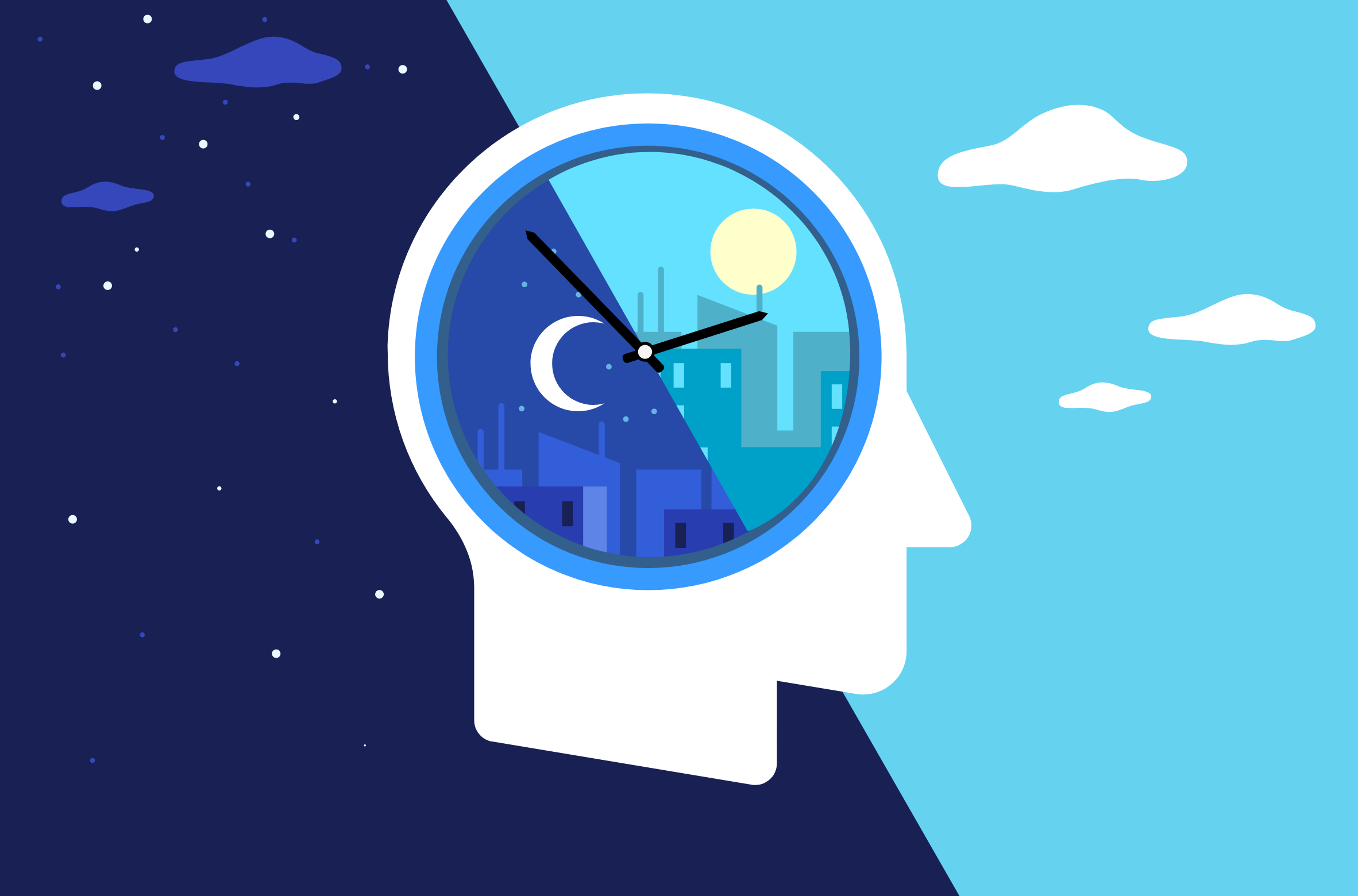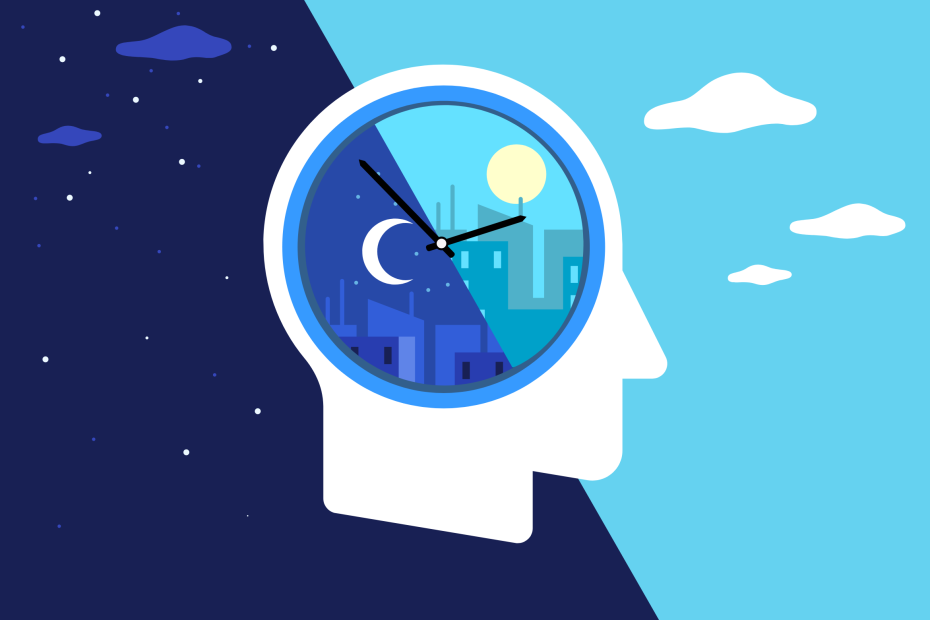Author: Satchin Panda, PhD
The word circadian comes from the Latin words ‘circa’ (meaning approximately) and ‘dian’ (meaning day). So, any rhythm that repeats itself once each day is circadian. Almost every plant, animal, and many microbes on our planet have these rhythms. For example, plants raise their leaves and then droop them down every 24 hours. We go to sleep at night and wake up in the morning. Importantly, these rhythms persist even when the plant is put in a basement, or a person enters an isolation chamber. Because experiments such as these proved that 24-hour rhythms continue in the absence of any external cues, scientists were convinced that circadian rhythms are generated from within the organism, and not merely driven by the daily light/dark cycle.
At first, it seems counter-intuitive that circadian rhythms are pre-programmed and not driven by the day/night cycle. However, ever since life emerged on this planet, each organism has experienced a day/night cycle each and every day as the planet rotates about its axis. Because of this high level of predictability, having an internal program that accurately anticipates sunrise and sunset could be highly beneficial (i.e., more efficient). It is just like going to school or to the office. If you know the school starts at 8:00 am, you will begin to get ready at 7:00 am, leave the house around 7:30 am, and reach school by 8:00 am, allowing you to take advantage of every learning moment. Similarly, plants that harvest the energy of sunlight should prepare their harvesting machinery before the sun comes up, and bees that know the flowers will open around 10 am should wake up and leave the bee hive just before 10 am to collect the first drops of fresh pollen. For humans, our ancestors knew that big carnivores emerged after night fall to search for food, and thus returned to safe hiding places to sleep through the night. These internal circadian rhythms are therefore inbuilt to anticipate time relative to the day/night cycle, allowing organisms to prepare for feeding- and threat-related events.
Why do all plants and animals have clocks? Our food chain begins with plants or small plant-like creatures that float in the ocean. These organisms fix carbon and hydrogen to generate carbohydrates via a process called photosynthesis. Importantly, the first step in photosynthesis requires sunlight. So, all plants and photosynthetic organisms have circadian clocks that help them anticipate when the sun will rise, allowing them to be ready to capture the first ray of sunlight to make food. Similarly, at the end of the day, they must shut down the photosynthetic machinery – just like a restaurant kitchen shuts down just before the last patron leaves the restaurant – to avoid the cost of keeping the machine running in the darkness. The next organisms in the food chain are insects and animals that feed on plants. But if plants are available to eat 24/7, why do insects and animals have a clock? They can have a meal anytime they want. But the absence of sunlight at night means it is dark and cold. Because of this, many animals prefer to sleep in a warm and safe place during the night, saving them from wasting energy searching in the cold and dark for food. They then emerge in the morning, when they can easily find food during the warm and sunny day. So, you can see why many insects and animals have 24-hour rhythms in sleep/wakefulness and eating/fasting. However, some animals adopt the opposite strategy. These nocturnal animals stay awake during the night to feed on animals and insects that are asleep. Finally, some animals are entirely opportunistic, avoiding the very hot sun in the middle of day as well as the darkness of night. Rather they prefer to hunt or look for food in the mornings and evenings. These animals sleep at night and also take a siesta during the middle of the day. These don’t fit the strict definition of diurnal or nocturnal. Rather we call them crepuscular. In fact, many animals in the wild are crepuscular. That is why when you go to the zoo, you might have noticed how many of the large animals typically rest in the middle of the day. Thus, almost every plant or animal has a strong reason to have circadian rhythms, allowing them to anticipate time and to determine when they should be active or rest.
As everything we are made of or whatever we do is ultimately coded in our genome, it is reasonable to assume that circadian rhythms or circadian clocks are also encoded in our DNA. To test this idea two scientists at Caltech, Seymore Benzer and Ron Konopka, did a simple experiment in fruit flies almost 47 years ago. Just like humans, the fruit flies have a 24-hour sleep/wake cycle that is maintained even when the flies are housed under constant darkness. Benzer and Konopka took a bunch of fruit flies and randomly mutated their DNA to generate genetic mutants. They then searched for mutants that had a sleep/wake periodicity that was shorter than 24 hours, longer than 24 hours, or completely randomized. The fact that they successfully isolated such mutants was formal proof that circadian clocks are encoded in DNA. Later, scientists found such mutants in hamsters, fungi, pond scum, mouse, and even in humans.
The encoding of circadian clocks in our DNA has some important implications. Just like the color of our hair is coded in our DNA, so that we generally have the same hair color as our parents or grandparents, we have the same 24-hour circadian clock as our ancestors. Our ancestors lived in farms, had no access to electric lights, and constructed their daily routine around sunrise and sunset. Their circadian clock programmed them to have a healthy life in such a natural day/night cycle. But, in the last 100 years – particularly the last 50 years – we can light up our night and sleep in a dark bedroom during the day. We don’t have to work on the farm or hunt for animals to put food on the table. If given full freedom in this modern lifestyle, we choose to go to sleep and wake up as we please, regardless of the natural day/night cycle. However, we still have our ancestral DNA and the circadian clock encoded in this DNA, which is attempting to drive 24-hour periodicity in sleep/wake and feeding/fasting cycles. In other words, we are trying to live a lifestyle that is in conflict with the one encoded in our DNA. This conflict between the lifestyle we choose and the lifestyle inherent to our DNA causes a number of debilitating diseases.
It will not be easy to change the circadian clocks that are encoded in our DNA. This is because more than a dozen genes are involved in the circadian program, and altering them may cause unwanted effects. So, to promote a healthy lifestyle, it is important to learn as much as we can about our circadian clocks, and to determine what steps can be taken to keep our DNA and lifestyles in synch with one another.
 share
share



